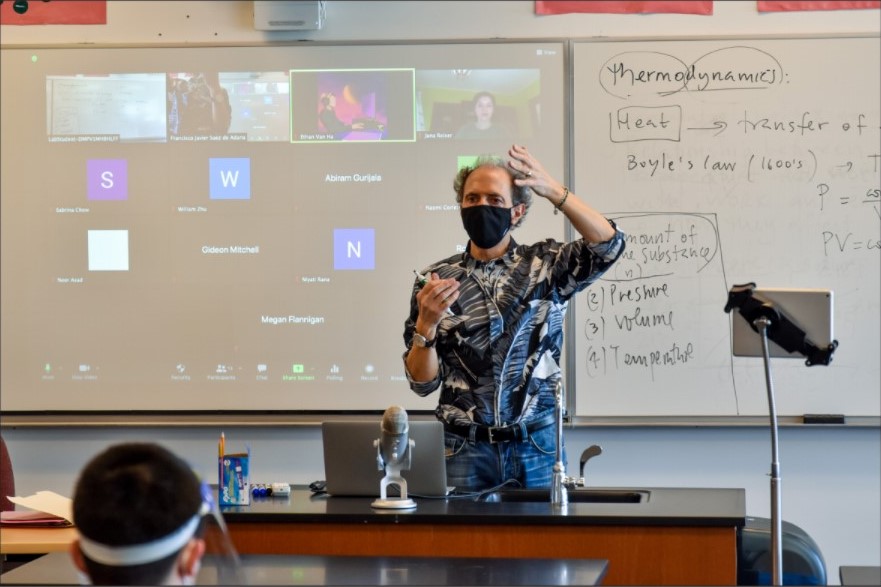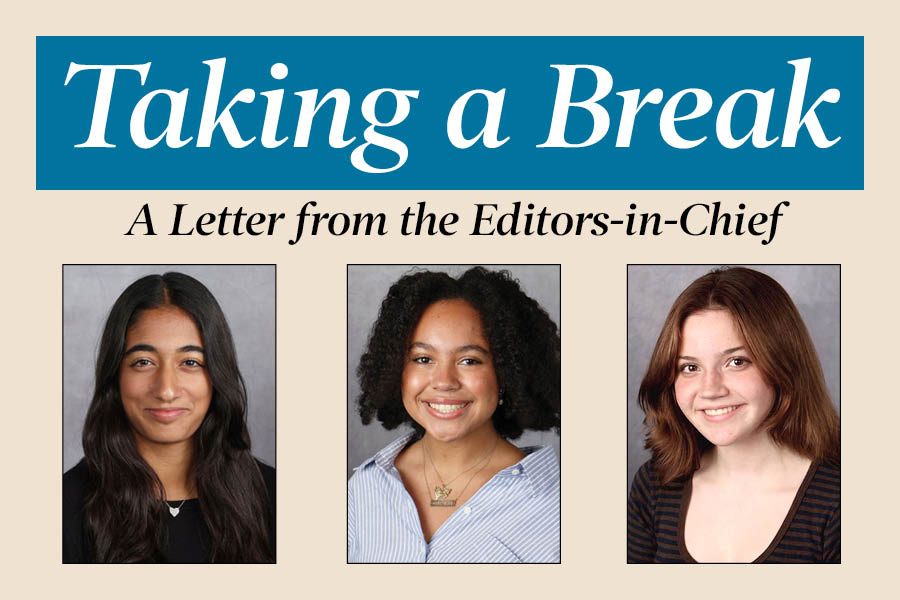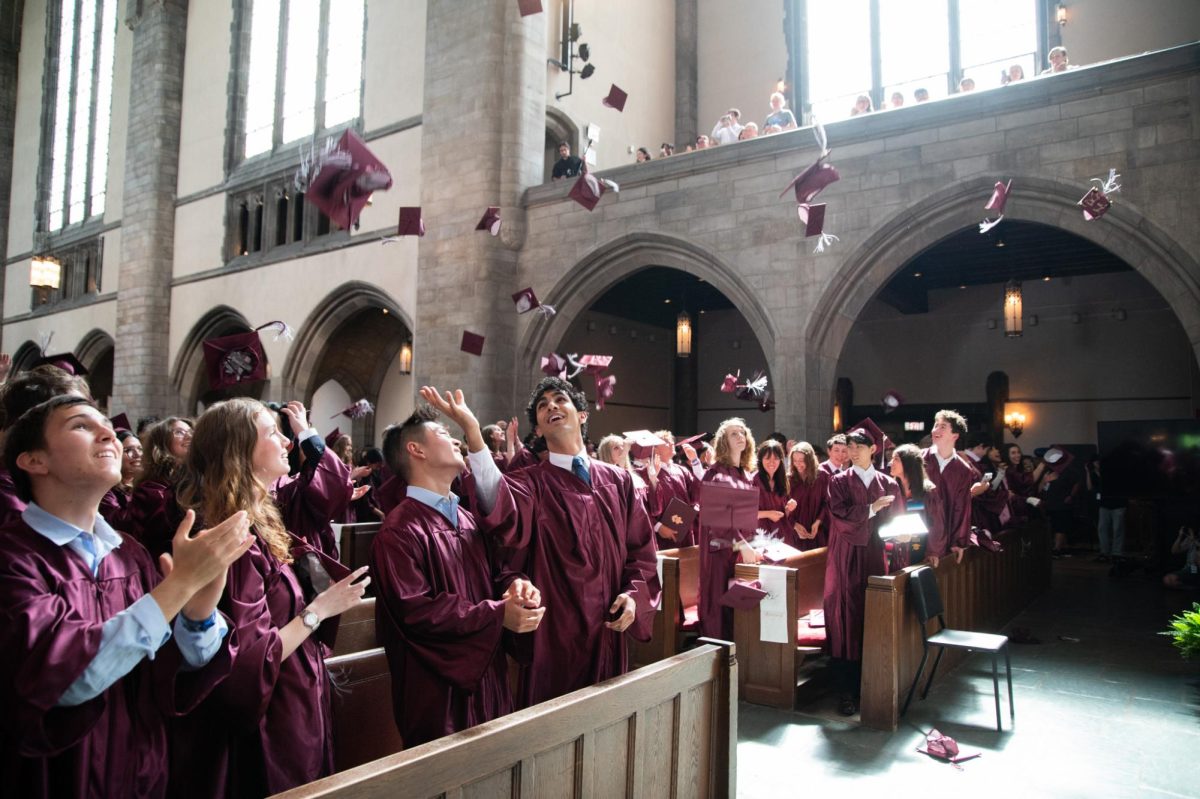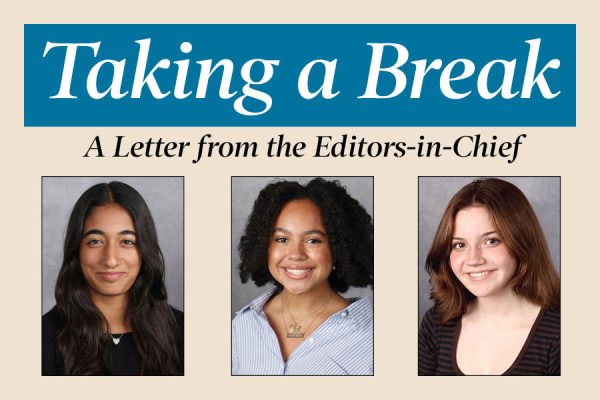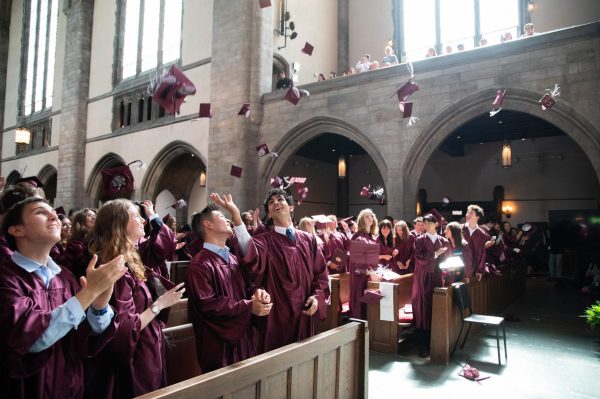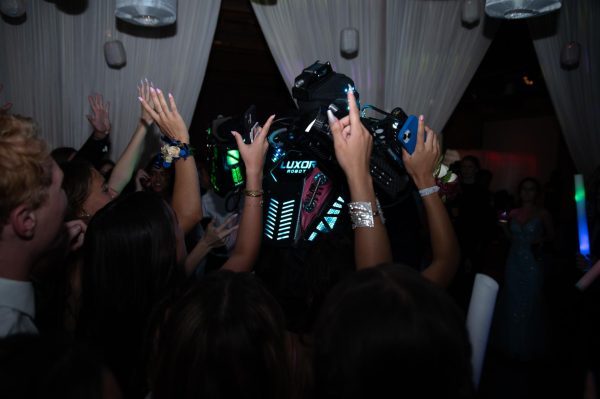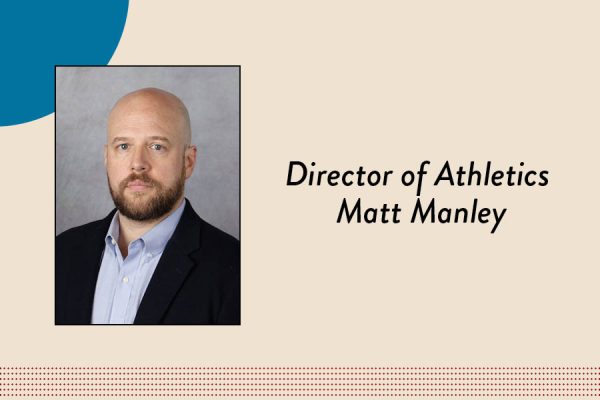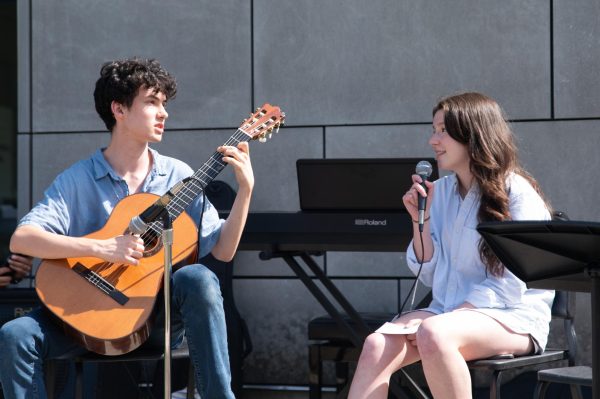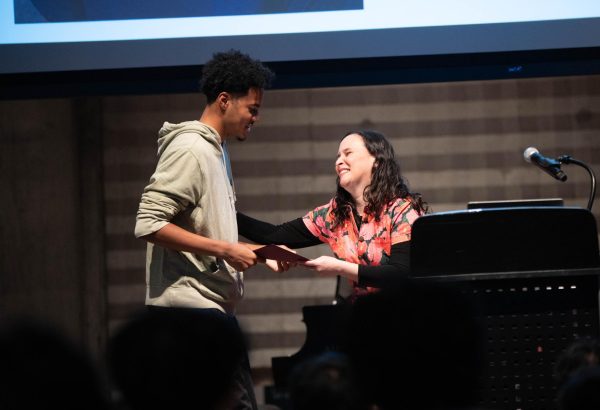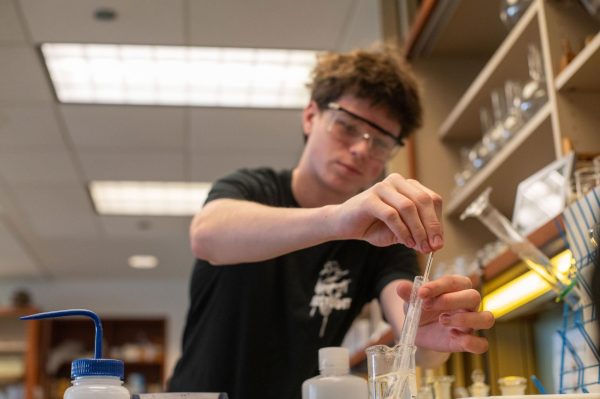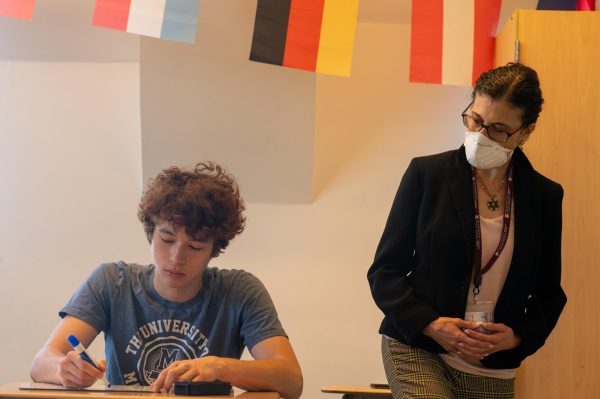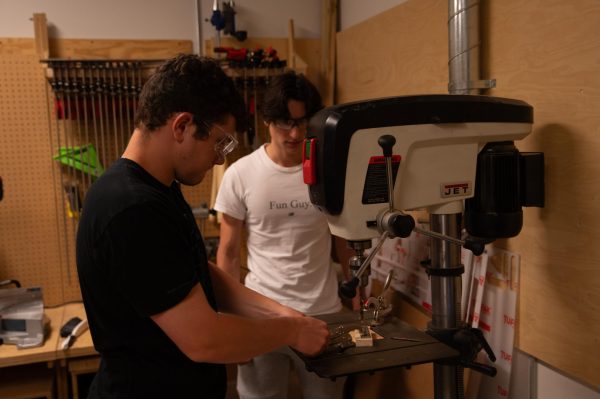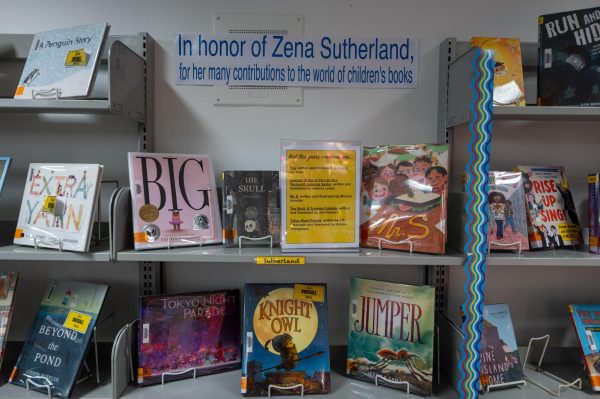Teachers go extra mile to maintain equity
Efforts to engage both in-person and distance learning students have drastically increased the workload for teachers.
April 26, 2021
When hybrid learning was announced in January, math teacher Julia Maguire began to brainstorm how to give in-person and remote students the best possible experience. Her solution: individually drive to each of her remote AP Statistics student’s home and drop off class materials for hands-on statistics labs.
“It’s not the same as being able to do work in a small group, but I felt like it was a way for them to feel like they were still doing the stuff that I felt was important to the course,” Ms. Maguire said.
Despite extraordinary efforts, after more than a month of the hybrid program, teachers are finding it extremely difficult to maintain equity between in-person and distance learning students in class.
Efforts to engage both in-person and distance learning students have drastically increased the workload for teachers. Art teacher Sunny Neater said she is essentially creating two lesson plans for each class period.
“Every day, I’m trying to come up with something that will be interesting and engaging and relevant that students are able to do at home that’s still tied into the bigger picture of our lesson,” Ms. Neater said, “and for students who are in person, what elements of that lesson can we use materials for, that we really only have access to here at school.”
Ms. Maguire said that in order to allow remote students to not feel totally left out, she has to curb her instincts to work directly with students.
“The natural thing about teaching is you walk around the room, you look at work, you give immediate feedback,” Ms. Maguire said. “That is something I’m still struggling with, because you get in front of students, and you walk around, and you talk to them, and you interact with them, and then all of a sudden you remember, maybe don’t walk away from your computer.”
Brian Wildeman teaches Art History, a standard lecture- and discussion-style course. He said he needs put in extra work to make sure his students on distance learning are engaged in class discussions,
“The people that are in the room are more engaged in discussions than they were when it was fully remote, so that’s been good because I actually have slightly more people talking,” Mr. Wildeman said, “but the ones that are remote that don’t talk as much are able to just sort of not talk as much.”
English teacher Maja Teref taught remotely for the first five weeks of hybrid learning. She said that the differences between distance learning and in-person students was noticeable, even when she taught at home.
“I was conferencing with an in-person student in a breakout room, and I could hear the other students talk in the classroom, and it just made me so happy,” Ms. Teref said. “Were they working on their essay that whole time? Maybe not, but they wanted to communicate with each other, and they were able to.”
As a remote teacher, Ms. Teref hoped she could make her distance learning students feel that they were getting an equal experience.
“Having been remote, going in person I’ll be much more aware of that side of it,” Ms. Teref said. “I know it’s so easy to be intoxicated by people when you’re in the room, but it’s really very much on my mind, you know, to strike a balance between the two student groups.”



